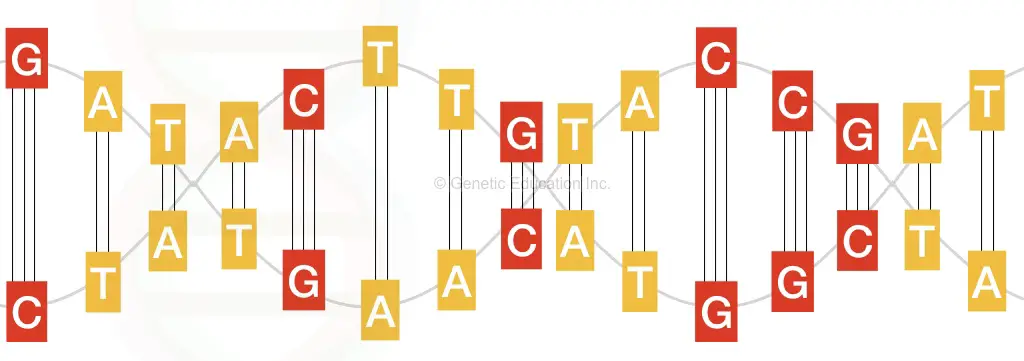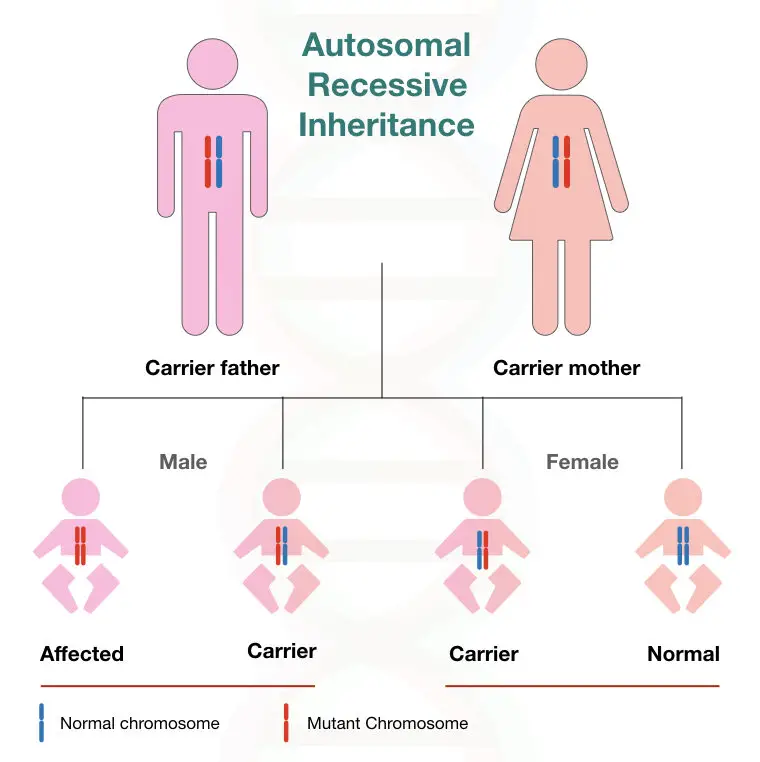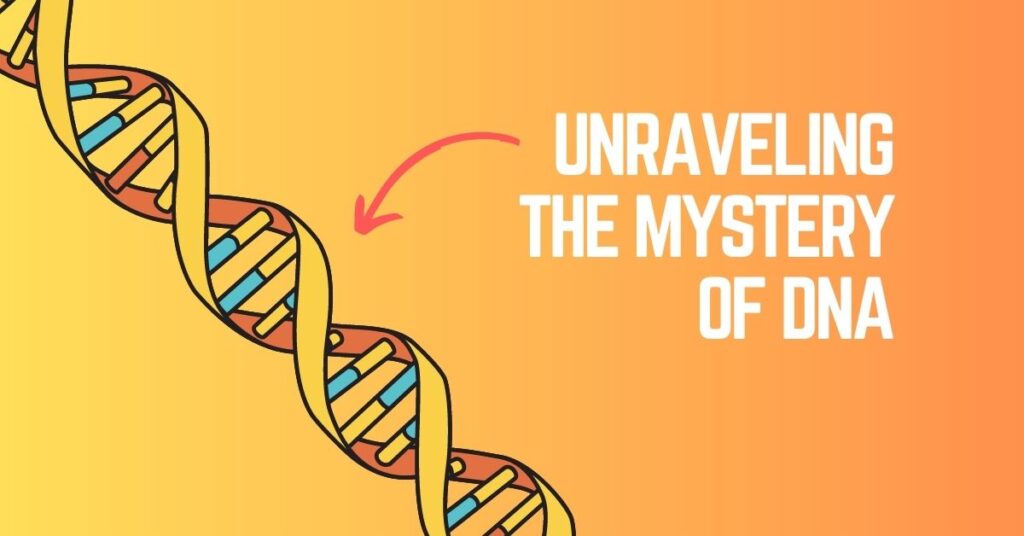“Universal nitrogenous bases & codon structure, heritability, mode of transmission, regulation and expression mechanism are several reasons that support the fact that, ‘why is the DNA a blueprint of life!'”
I will contribute 10 facts to support this statement.
Life on earth evolved mysteriously, suggesting that the origin was single-cell prokaryotes. Many experimental models describe the fact correctly, however, some groups of scientists are still on the opposite boat.
The reason behind this is very clear, “no evidence clearly defines how exactly life on earth evolved.” Notwithstanding, the state-of-the-art experimental findings demonstrated that the first life form on earth originated 3.7 billion years ago, approximately.
DNA has been known to the world since the mid 18’s but Hershey & Chase established DNA as a genetic material of a cell in 1952, erstwhile, the protein was considered as a key element of life.”
And why not!
Every function in a cell, in fact, an organism performs has been governed and/or regulated by a protein, we all know that but the fact, ‘DNA transcribes the protein’, came late in light.
Two more groundbreaking discoveries in 1953 and 1958 which explained the structure of DNA and mode of replication, respectively, prospected that the DNA is a blueprint of life.
First, make clear that the “blueprint” for anything is a “designed plan or program” which can be applied to all. Take a look at the picture.
This article explains 10 overwhelming reasons and scientific evidence why DNA is considered a blueprint of life on earth!
Stay tuned.
Read further: DNA (Deoxyribonucleic acid): Definition, Structure, Function, Evidence and Types.
Key Topics:
10 Reasons why DNA is a blueprint of life?
The universal nitrogenous base structure:
The DNA and RNA- two types of genetic material are made up of purines and pyrimidines nitrogenous bases. Adenine and Guanine are purines while Cytosine and Thymines and pyrimidines are in the DNA of all living organisms.
Purines and pyrimidines are linked with each other with hydrogen bonds. It’s universally present in all organisms.
Chargaff postulated a rule for DNA base pairing which suggests that the A and T while the G and C are in equal amounts in the DNA.

Universal structural hierarchy:
Yet another universal fact explained that the DNA is just a composition of base, sugar and phosphate for all life.
The bases are purines and pyrimidines, deoxyribose is sugar and triphosphate is the backbone of DNA. The trio collective offers a helical structure to DNA. Universally, almost every organism has a helical DNA structure.
However, many different variations of DNA helix may exist in nature. Moreover, the base stacking, backbone of phosphate has common similarities among all and hydrogen bonds between two opposite strands & phosphate bonds between two adjacent strands are even similar.
Universal genetic code:
A combination of triple nucleotides which makes a definite amino acid is known as a genetic code, for example, AUG, GUG, AAG. Interestingly, among all forms of life on earth, the genetic code is homogenous.
For example, the code AUG code for methionine is code for methionine in all. In addition, the genetic code consists of only a triple nucleotide combination.
Universal final product:
Now we all know why DNA exists on earth! Because it manufactures protein right! That’s a universal truth and very true for all organisms. In every organism a DNA more precisely, the ‘functional gene’ manufactures protein, only protein. Nothing else.
In the process of transcription and through mRNA intermediate a gene makes protein, various forms are hormones, enzymes, chaperons, immunoglobulins, transcriptional factors, receptors, suppressors and activations.
Note that other non-coding and pseudogenes are also present in the genome which though does not code for protein but regulates gene expression and other DNA metabolic activity.
Heritability:
One of the crucial properties the nucleic acid has is heritability; DNA Is heritable and so are genes too. Genes are inherited from parents to offspring, therefore, phenotypes also transmit.
Genetic heritability facilitates the inheritance of characters or traits generation after generation. Mendel first described the mechanism of inheritance through experimenting on pea plants.
The mechanism of inheritance is often known as “Mendelian Inheritance” too. Interestingly several diseases also follow the same model and are inherited to offspring, for example, Beta-thalassemia.

Mode of transmission:
The mode of transmission of genes or DNA is as important as heritability. The reason behind that is that universality in the mode of transmission supports the fact that DNA is a blueprint of life on earth.
Replication- the process governed by polymerase, is the mode of transmission. During the process, DNA is copied, actually and transmitted to newly formed daughter cells.
Replication synthesized exactly the same DNA as the parental one and ‘make it ready’ for daughter cells. When the process of cell division completes, simultaneously the transmission of genetic material also completes.
Universal synthesis machinery:
Replication uses the same type of machinery for all organisms. For example, to synthesize the DNA, a cell needs DNA polymerases, RNA primer, helicase and ligase. Exactly the same set of enzymes is needed and present in other organisms, however, it may exist in a different form.
For example, Eukaryotes need topoisomerase I whereas are prokaryotes need gyrase to unwind the DNA during replication but the basic function of both is similar.
Related article: DNA Topology: Function of Topoisomerase 1 and 2.
Functionality-growth, development and reproduction:
DNA has universal functionality in physical and mental development & growth as well as in reproduction. Various forms of proteins transcribed from the DNA have a significantly important role in various developmental processes and activities.
For example, myostatin protein governs skeletal muscle movement, gene MSTN makes myostatin. ASPN gene is required for the development of new neurons in the brain.
Deficiency of any gene or mutation leads to serious dysfunction and/or abnormalities. Mutation in the SRY gene results in male reproductive dysfunction.
Gene expression and regulation:
An important function every genome has is gene expression and regulation. Gene expression is defined as, “in how much amount a gene forms protein in a particular cell type.”
Along with that its tissue-specific regulation is critical as well. Change in gene expression of dysregulation results in serious genetic consequences. However, expression and regulation have been conserved in all organisms.
Mutation and variability:
Scientific evidence suggests that a genome of an organism is broadly bifurcated into conserved and non-conserved portions. The conserved region remained similar, unchanged and unaffected, even since evolution with the purpose to store universal functionality.
While other regions are highly mutable, meaning can be changed. Mutation, though causes serious genetic problems, is needed. It’s a process by which new variabilities/ alleles evolved in nature, perhaps required.
Variability produces new combinations of alleles and new trains in nature. Henceforth both mutability and variability have universality and functionality.
Wrapping up:
DNA is the best model to define the “blueprint”. Put simply, it’s a game of four letters A, T, G, C whose various combinations make various proteins and produce variability between individuals, species and organisms.
However, structure and functionality are homogenous. Interestingly, irrespective of universality, it’s the DNA that makes individuals unique and biologically different.
Subscribe to our weekly newsletter for the latest blogs, articles and updates, and never miss the latest product or an exclusive offer.



